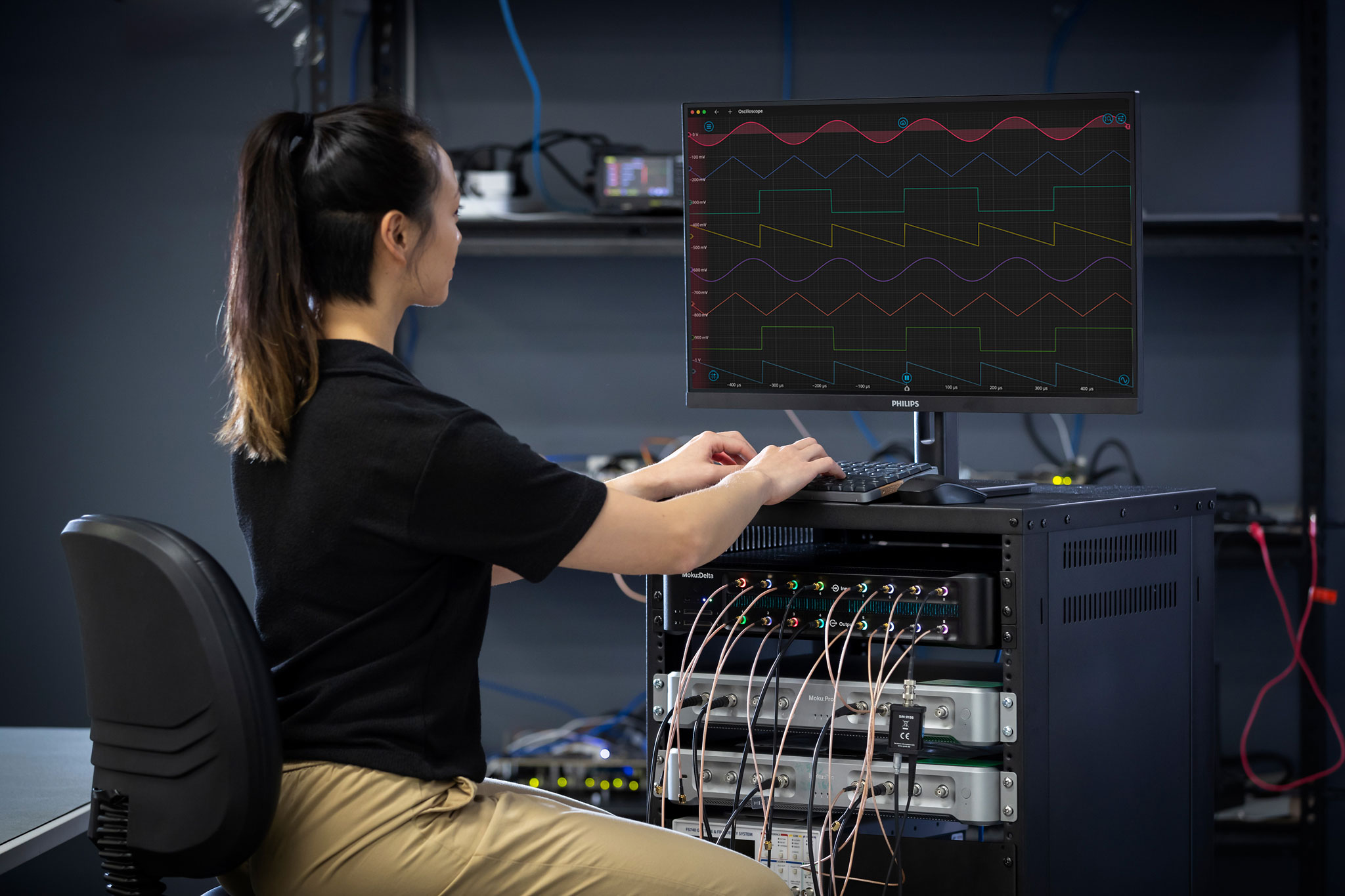Digital lock-in amplifiers help scientists and engineers make phase-sensitive measurements of incredibly small alternating current (AC) signals, sometimes buried beneath the noise floor (Figure 1). By providing a lock-in amplifier with a reference signal, a researcher can extract phase and amplitude information from a signal of interest in the same frequency region, even in an extremely noisy environment.
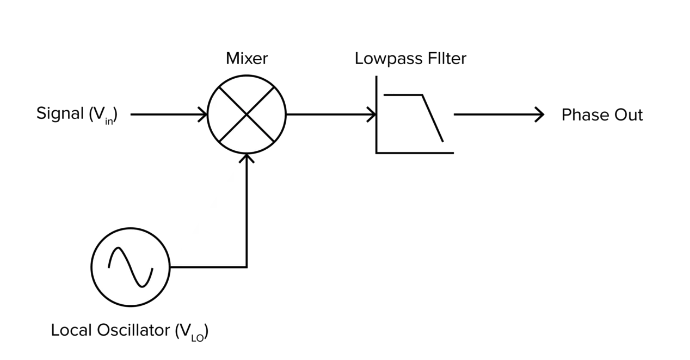
Traditional lock-in amplifiers use primarily analog circuitry to mix, filter, and demodulate signals. Digital lock-in amplifiers, however, use a more modern approach to signal processing. A digital lock-in amplifier digitizes incoming signals, and algorithms perform most of the signal processing. In this case, the reference signal is also digital, leading to perfect demodulation. To learn more about using lock-in amplifiers to measure phase, read our ebook, Measuring Phase with Precision: A Guide to Phase Measurement Methodologies.
Why do researchers use lock-in amplifiers?
Researchers use lock-in amplifiers in a range of fields, including physics, optics, electronics, and materials science, to extract and analyze modulated signals and, in turn, obtain phase and amplitude information from them. Lock-in detection is a key component of many cutting-edge research labs performing laser frequency stabilization, ultrafast spectroscopy, RF and microwave testing, dark matter detection, and other applications.
What applications use digital lock-in amplifiers?
Digital lock-in amplifiers are used in a variety of applications today, from live-cell imaging to quantum sensing.
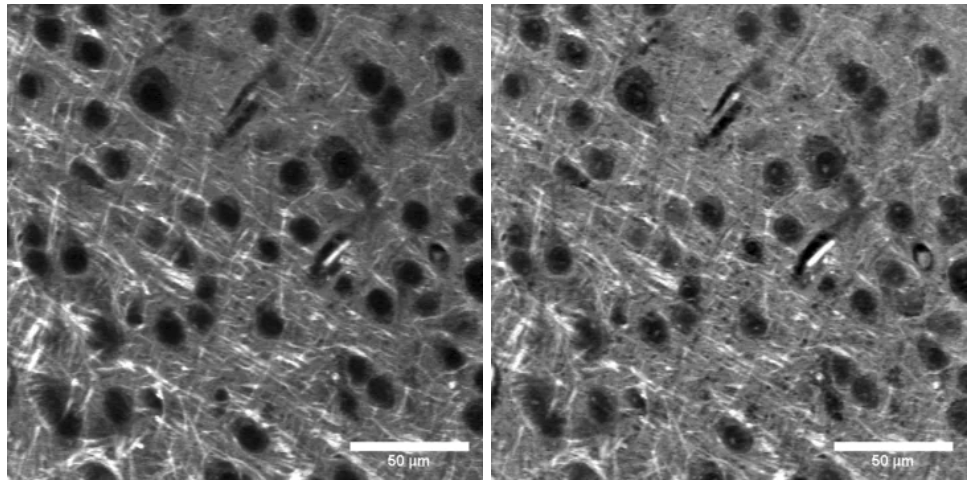 |
Cell imaging with a digital lock-in amplifierA digital lock-in amplifier enables dual-channel, real-time imaging using techniques such as stimulated Raman scattering (SRS) microscopy. By using a high-quality digital lock-in amplifier, researchers can perform simultaneous, dual-channel imaging of live cell samples. |
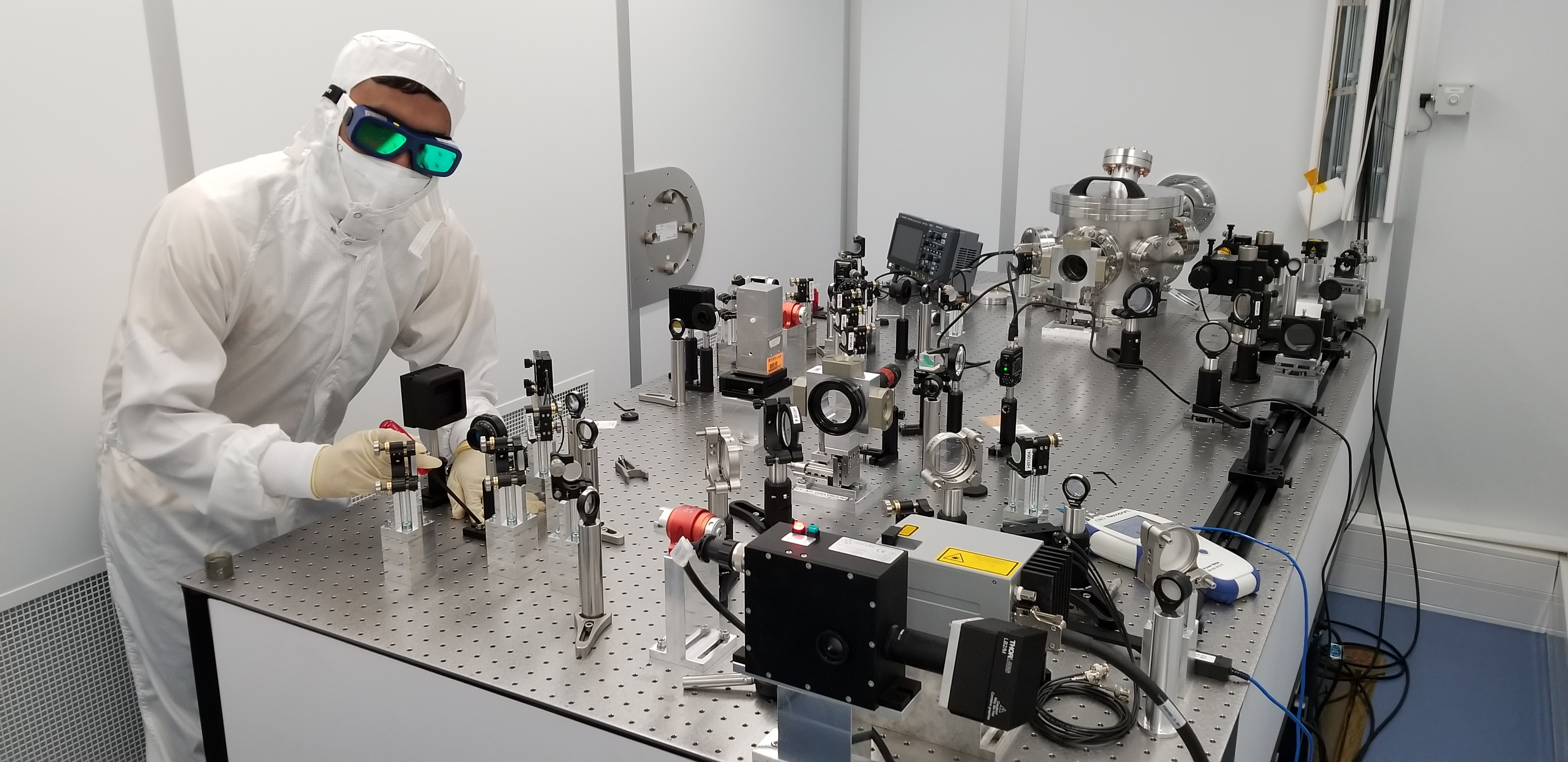 |
Dark matter detection with a digital lock-in amplifierResearchers worldwide are pushing the limits of particle physics in order to successfully detect dark matter. By using a digital lock-in amplifier, they can leverage high levels of flexibility and performance to measure signals down to the nV level. |
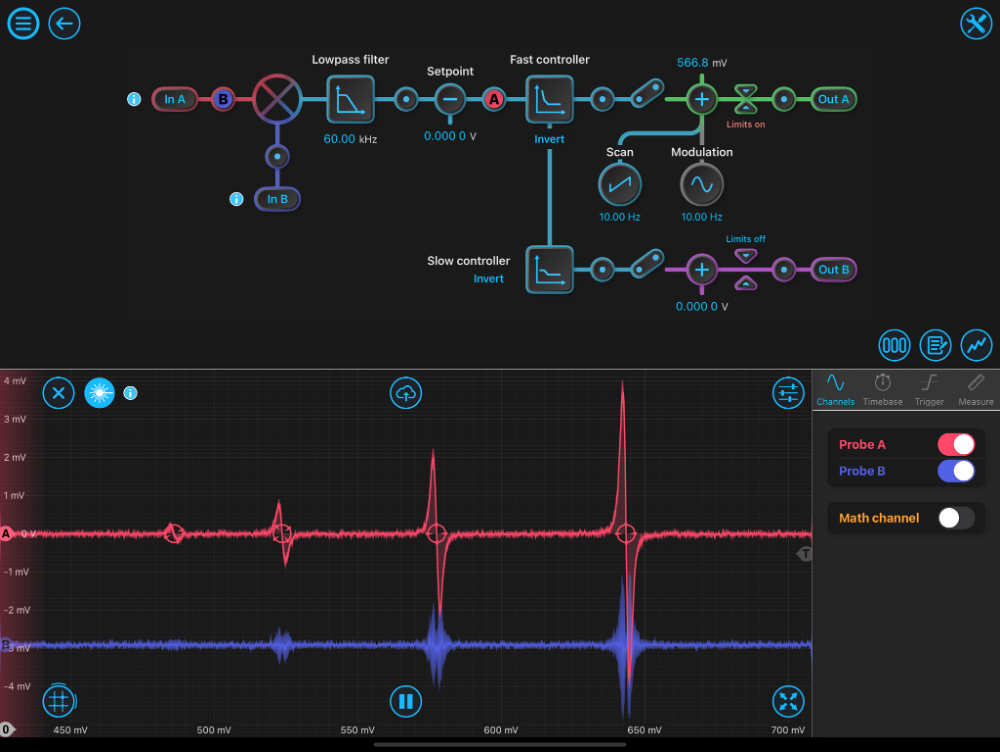 |
Quantum sensing with a digital lock-in amplifierIn applications such as quantum sensing and optical clock development, system stability is paramount. With digital instrumentation, entire test setups can be consolidated into a single device, leading to more stable results and reduced loss in the system. |
Analog vs. digital lock-in amplifiers: How do they compare?
Precision and accuracy
While analog lock-in amplifiers can provide a high level of accuracy with carefully tuned components, they are more sensitive to drift, temperature variations, and environmental noise.
Since digital lock-in amplifiers are not nearly as susceptible to noise, they inherently introduce far less loss into a system compared to analog components. Additionally, digital signal processing (DSP) allows users to easily implement digital filters alongside the lock-in amplifier. You can add digital infinite impulse response (IIR) filters or finite impulse response (FIR) filters (Figure 2) without modifying any analog components, allowing you to better isolate the signal of interest./p>
Analog components tend to be more sensitive to external interference, while digital signals allow for a virtually noise-free environment. Digital lock-in amplifiers can also cover a broad range of frequencies since they are not limited by the dependencies of analog components on frequency. This means digital circuitry can handle a broader range of input frequencies without the degradation in performance that analog circuits would face. Digital lock-in amplifiers also inherently provide higher resolution and precision in signal processing with flexible, adjustable DSP algorithms. Analog lock-in amplifiers are set in stone — changing parameters requires adjusting analog components. But a digital lock-in amplifier allows you to reconfigure the instrument and adjust parameters through software, meaning you can adapt to rapidly changing test conditions. Some digital lock-in amplifiers allow for multi-instrument deployment, meaning you can use several independent lock-in amplifiers simultaneously in one device to save space on your lab bench, minimize costs, and reduce system complexity. Digital lock-in amplifiers, especially those implemented with stable digital circuits like field-programmable gate arrays (FPGAs), tend to drift far less over time than analog lock-in amplifiers, meaning their performance is stable for longer. FPGAs are also far less sensitive to temperature changes than analog components, making digital lock-in amplifiers more stable in varying environmental conditions. To perform dual-phase, multi-channel lock-in detection, the Moku Lock-in Amplifier combines a low-noise analog front end with the processing power of FPGAs. The Moku Lock-in Amplifier allows you to simultaneously deploy up to four independent Lock-in Amplifiers, or combine lock-ins with various other instruments, such as a Spectrum Analyzer or a Digital Filter Box in Multi-instrument Mode (Figure 3). Regardless of whether you’re using an analog or digital lock-in amplifier, these instruments are essential for extracting weak signals from environmental noise in countless applications across physics, chemistry, and more. Choosing the right type of lock-in amplifier for your testing will require you to assess the form factor, flexibility, specifications, and more. To learn more about the principles of lock-in amplifiers and alternative phase measurement instruments, such as the Moku Phasemeter, check out this application note. Watch our webinar to learn more about how to use a digital lock-in amplifier to perform modern phase detection techniques, or contact us to speak with an engineer.
Frequency range and performance
Flexibility
Stability
FPGA-based, digital lock-in amplifiers
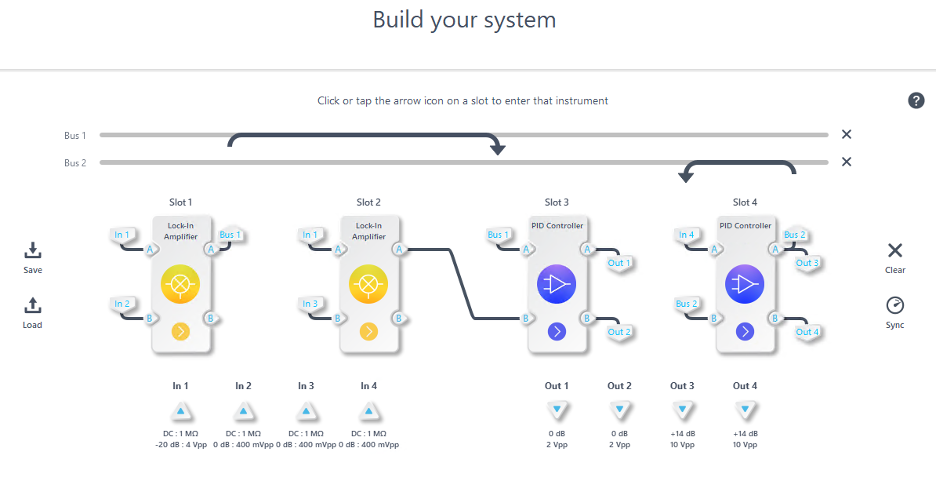
Choosing the right lock-in amplifier
Ready to learn more?






